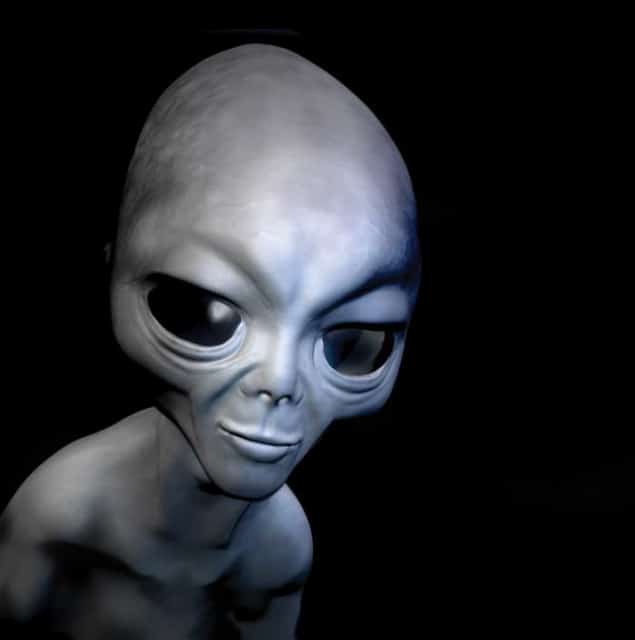Books about the search for extraterrestrial life and the Royal Institution’s Christmas lectures, reviewed by Tushna Commissariat

Close encounters
“The truth is in here” reads a line at the top of a new book about – you guessed it – aliens. In a series of 20 short, sharp essays by a mix of extraterrestrial scientists and experts, compiled and edited by physicist and TV presenter Jim Al-Khalili, Aliens attempts to succinctly answer some big questions beginning with “Do aliens exist?” You would be forgiven if at first glance, you think this book is more fiction than fact – the paperback cover with its tagline of “Science Asks: Is There Anyone Out There?” and its neon green backing may throw off the serious scientific reader. But do not judge this little book by its cover, for it does pack a punch. The book opens with an introduction from Al-Khalili, followed by an intriguing essay by cosmologist Martin Rees, in which he speculates about how future humans, travelling across the galaxy, may be the aliens that we seek today. The other 19 essays are divided into four categories: close encounters; where to look for life elsewhere; life as we know it; and alien hunting. What would motivate aliens to visit us; what are the necessary ingredients and conditions for life to form, evolve and flourish; what about some form of life elsewhere in the solar system; and what might aliens look like – all these themes and more are mentioned in the book by seasoned science writers, authors and scientists including Monica Grady, Lewis Dartnell, Louisa Preston and Paul Davies. Thanks to the discovery of thousands of exoplanets in the past decade, astrobiology and the search for life beyond our planet has become a common topic in the popular-science book market, and indeed may soon saturate it. What sets Aliens apart in some ways is the real expanse of topics covered. The two chapters you’ll guiltily enjoy the most deal not with science per se, but with the human aspect of alien existence. Science broadcaster Dallas Campbell’s entertaining chapter tells the tale of “five of the most notorious UFO stories that have taken the flying saucer from fringe subculture to mainstream modern folklore”. In a subsequent essay, psychologist and professor of paranormal belief Chris French looks into the psychology behind the many people world over who are convinced that they have had “close encounters” or been abducted by extraterrestrials. Aliens is an entertaining and educational if slightly basic read for anyone with a scientific interest in extraterrestrials.
- 2016 Profile Books £8.99pb 240pp
Lively lectures
Mention the Royal Institution and most people will know it best for its long-running and beloved “Christmas Lectures”. Indeed, the lectures have been run every year since 1825, only taking a hiatus between 1939 and 1942 as a result of the Second World War. The lectures were the brainchild of Michael Faraday, who wanted to bring science in an engaging manner to children and young adults. Although the lectures have been televised since 1936, each year’s lecture (which takes place over a few days) still has a live audience of school children. Over the years, the lectures have been on all aspects of science, but those mentioned in 13 Journeys Through Space and Time: Christmas Lectures from the Royal Institution have a bit more of a physics thread. Compiled by astronomer and writer Colin Stuart, the book features 13 chapters, each of which is a shortened version of an actual lecture based on the theme of space and time. Beginning with Sir Robert Stawell Ball’s 1881 lecture on the Sun, Moon and the planets and finishing with Kevin Fong’s 2015 lecture on how to survive in space, the book spans many decades and plots the huge advances that science has made in that time. Some of the more famous lecturers include James Hopwood Jeans and Carl Sagan. The book also boasts an introduction from British astronaut Tim Peake, who (virtually) participated in Fong’s 2015 lecture while he was on board the International Space Station. Grab a copy of the book to read about the whacky live demonstrations done by the lecturing scientists and for some Christmas nostalgia.
- 2016 Michael O’Mara £9.09hb 224pp
- Enjoy the rest of the January 2017 issue of Physics World in our digital magazine or via the Physics World app for any iOS or Android smartphone or tablet. Membership of the Institute of Physics required



